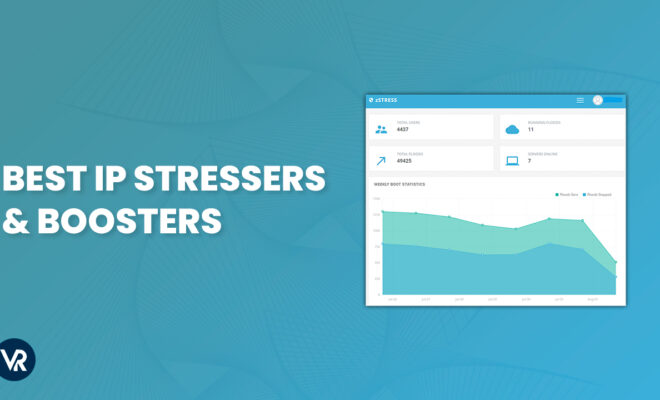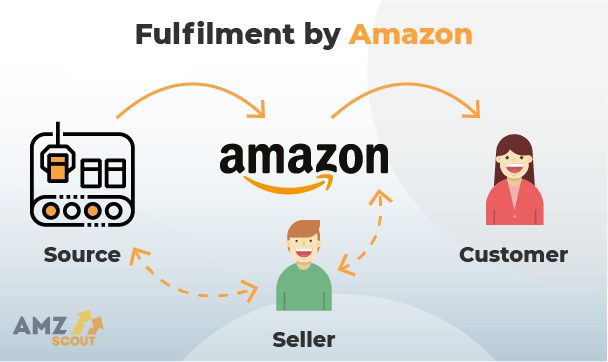How to test and select the best ip booters?

IP booters, sometimes called IP stressers or DDoS-service providers, offer on-demand distributed denial-of-service (DDoS) attack capabilities both offensive and defensive security testing. When selecting a booter provider, rigorous evaluation of the services on offer ensures your organization chooses reliable infrastructure purpose-built for legal and ethical testing goals.
Define testing objectives
Before assessing any booter vendor, first detail your intended testing applications and objectives. Do you plan to load test production websites before launches to establish peak capacity limits? Are you evaluating various DDoS protection services by bombarding infrastructure through each option to compare mitigation effectiveness? Defining needs upfront creates evaluation criteria for matching appropriate booter functionalities.
Research booter vendors
Search engines reveal numerous booter providers, but avoid options with histories tied to criminal attacks. Favor tools marketed specifically for defensive testing use by IT professionals rather than broadly targeting random consumers. Established tools like Loader, Stressor, and BitMiten focus on legitimate usage by serious buyers.
Compare feature sets
Catalog and compare vendors across metrics like:
- Traffic generation scale and types
- Attack vector varieties
- Automation options
- Graphical performance dashboards
- API integrations for orchestration
- Custom attack scripting abilities
- Scheduling and saving attack templates
Validate reputation
how does a stresser work? Search forums and review sites to gather client feedback validating or challenging vendor marketing messages related to ethics, customer service, deliverability, and policies. Favor booters demonstrate principles via actions protecting innocent parties, responsible disclosure, etc. Reputation provides clues to reliability.
Launch trial attacks
Every respectable vendor offers freemium tiers allowing limited capability testing before paid commitments. Examine trial effectiveness hitting your staged test lab assets. Challenge the services with edge cases to push boundaries. Vet traffic sources to ensure appropriate opt-outs for assets you don’t own.
Script a custom test
Freely script custom attack payloads tailored to mimic real threat behaviors you want to simulate based on threat Intel or possible vectors. Craft your unique blueprint testing defenses as precisely as possible against your exposures. Devise attacks are improbable to see offered in any pre-built templates.
Assess traffic volumes
They are booter peak bandwidth against likely real-world scenarios based on geographic area, industry, and other risk factors. Test peak traffic well above theoretical infrastructure limits to confirm effective filtration, throttling, load balancing, and overflow mechanisms activate properly before dams burst.
Check attack vectors
Confirm booters launch layer 3 and layer 4 DDoS vectors like UDP, TCP, and ICMP floods at minimum to validate core defenses. Test DNS amplification, NTP amplification, SSDP amplification, and other reflection/amplification vectors proving prevalence today. Specify vectors aligning to your known exposures.
Examine attack reporting
The best booters provide logs and graphical reporting conveying key test details like traffic volumes and types over time, attacks used, and delivery confirmations. Reports prove tests conducted when sharing internally and help identify gaps for tuning defenses against different threat combinations utilized.
Evaluate support capabilities
Engage technical support across communication channels assessing response times and competencies around on boarding, test design, troubleshooting, and reporting. Good providers offer consultation beyond basic ticket responses to ensure success in scripting productive tests. Identify staff exhibiting a genuine commitment to client defense strengthening.












